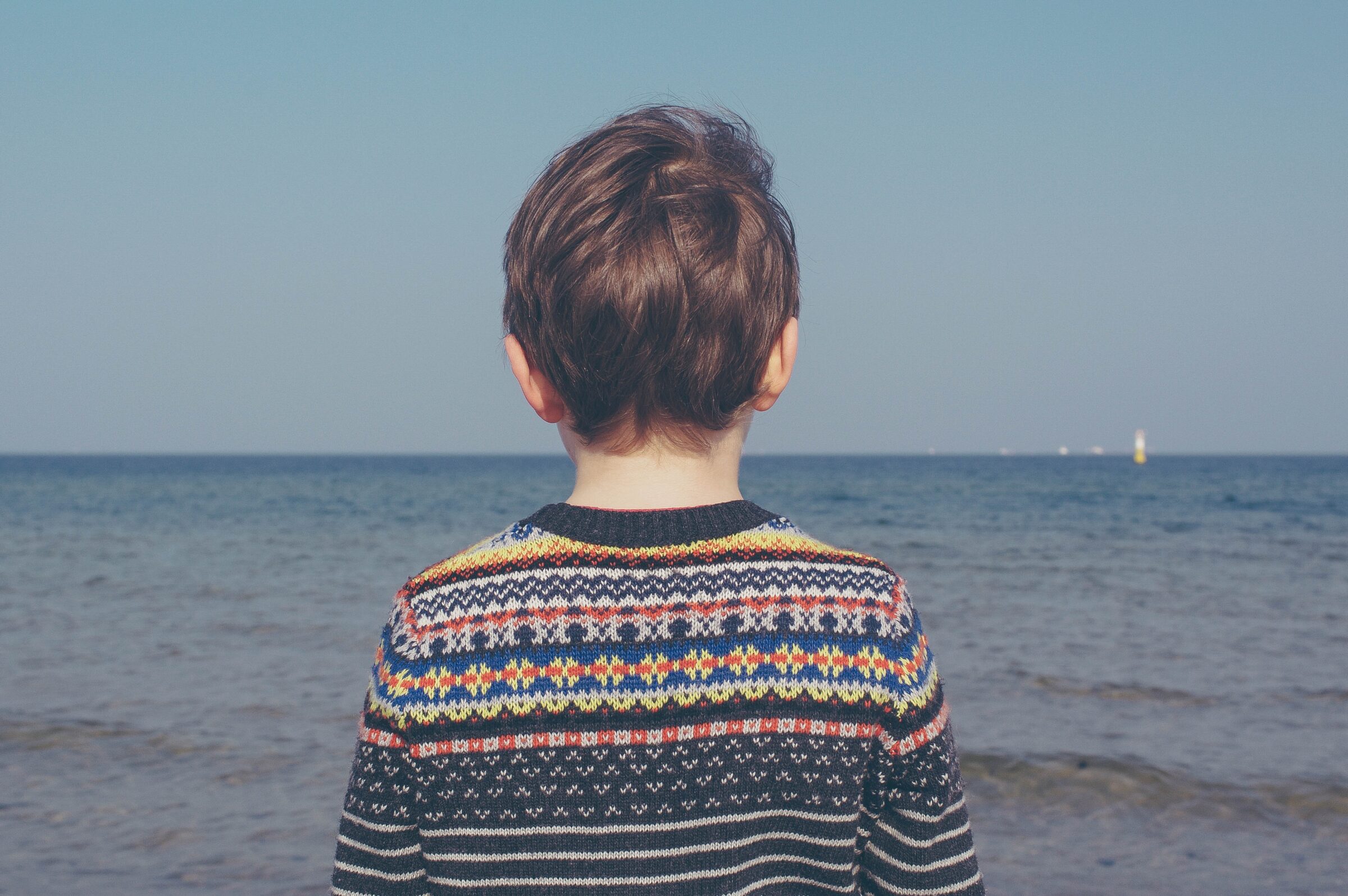Cancer in children and adolescents
Every year, around 350 children and adolescents in Switzerland develop cancer. Without treatment, none of these children would survive the disease. Today, an average of almost nine out of ten children can be successfully treated. Those affected and their families primarily have clinical research to thank for this fact.
children and adolescents in Switzerland develop cancer every year
Children and adolescents die of cancer in Switzerland on average per year
of children are still alive 10 years after diagnosis
An overview of types of cancer in children and adolescents
Children and adolescents develop different types of cancer than adults do. You can find an overview of the most common cancers in children and adolescents below.Leukaemias are the most common type of cancer affecting children and adolescents, accounting for around 30% of all cases. They develop in the bone marrow, where white blood cells multiply uncontrollably during blood formation. The treatment varies depending on the type of leukaemia. The different types of leukaemia also have to be investigated in different studies.
Tumours that grow in the central nervous system, in other words in the brain and spinal cord, account for just under a quarter of cases, and are the second-most common type of cancer in children and adolescents. There are more than 50 types of brain and spinal cord tumours that are being researched in various studies.
Lymphomas are malignant cancers that originate in lymphatic tissues. In Switzerland, lymphomas are the third-most common type of cancer in children and adolescents, accounting for 11% of all cases. There are two main types: Hodgkin lymphoma (HL), and non-Hodgkin lymphoma (NHL) – the latter being an umbrella term for many different types of lymphoma.
Neuroblastomas are malignant tumours that only occur in certain cells of the nervous system. These cells are located in the adrenal glands and on both sides of the spinal column. For this reason, neuroblastomas may occur in the adrenal glands and anywhere along the length of the spinal column – in the abdomen, pelvis, chest and neck. This disease occurs primarily in early childhood, and affects around 7% of children with cancer.
Cancer in soft tissue may affect various types of tissues such as muscles, tendons, fatty tissue or connective and nerve tissue. These tumours are called sarcomas. In children, the most common type of soft tissue tumour is rhabdomyosarcoma, which develops in muscle tissue.
Children are most likely to suffer from a particular form of kidney cancer known as nephroblastoma (Wilms tumour). The chances of recovery with treatment are very good.
Bone tumours are rare, accounting for only about 5% of all cancers in children and adolescents. They develop from degenerated cells that normally form bone. Osteosarcoma is the most common, followed by Ewing's sarcoma. Bone tumours usually occur during the growth spurt of puberty. Ewing's sarcoma can not only affect the bone, but also the soft tissue.
Germ cell tumours are tumours that can develop before birth or later from immature cells (stem cells) and from the precursor cells of reproductive organs (egg cells in females and sperm in males). These tumours may occur in various parts of the body but are frequently found around the coccyx, in the ovaries, testicles or central nervous system.

With your support, SPOG conducts research so that children with cancer have a future.




